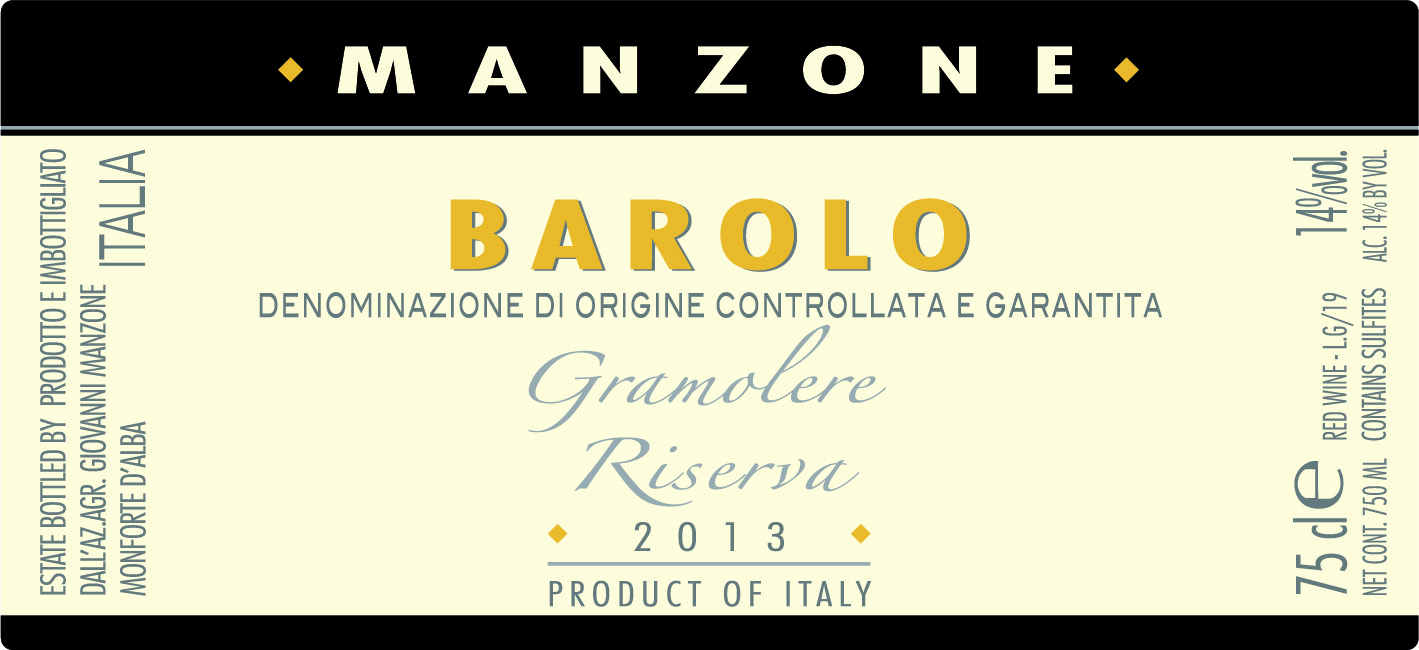2013 Barolo Nebbiolo
The Manzone Barolo, crafted from the esteemed Nebbiolo grape, showcases the rich heritage of its Barolo origin with a captivating deep red hue. This 2013 vintage enchants with its full-bodied structure, accentuated by high acidity that brings forth a lively and mouthwatering experience, making it a joy to sip. The fruit intensity is prominent, revealing layers of ripe cherries and plums, beautifully intertwined with earthy undertones and subtle floral notes, characteristic of the Nebbiolo variety. Tannins are notably firm, adding a robust backbone to the wine, suggesting excellent aging potential. While it remains dry, the complexities of flavors unfold gracefully, inviting exploration and appreciation, and making it a splendid companion to hearty dishes or fine cheeses.
The Manzone Barolo, crafted from the esteemed Nebbiolo grape, showcases the rich heritage of its Barolo origin with a captivating deep red hue. This 2013 vintage enchants with its full-bodied structure, accentuated by high acidity that brings forth a lively and mouthwatering experience, making it a joy to sip. The fruit intensity is prominent, revealing layers of ripe cherries and plums, beautifully intertwined with earthy undertones and subtle floral notes, characteristic of the Nebbiolo variety. Tannins are notably firm, adding a robust backbone to the wine, suggesting excellent aging potential. While it remains dry, the complexities of flavors unfold gracefully, inviting exploration and appreciation, and making it a splendid companion to hearty dishes or fine cheeses.




